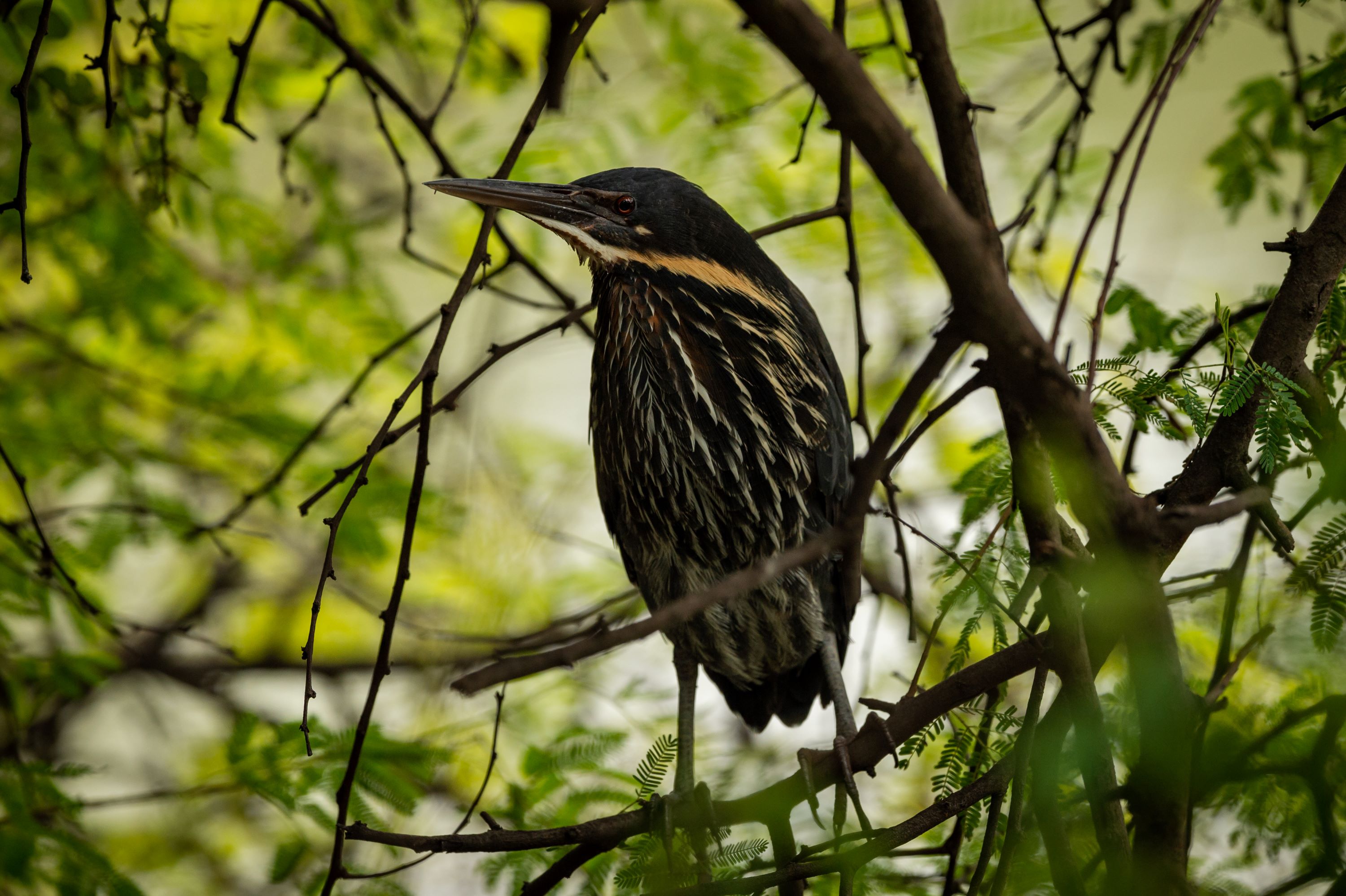
Ixobrychus: The Diminutive Bitterns of the Wetlands
Introduction to the Genus Ixobrychus
The genus Ixobrychus, part of the heron family Ardeidae, represents a group of small bitterns known for their elusive nature and affinity for dense wetland habitats. These birds, though diminutive in size compared to their larger heron relatives, are remarkable for their adaptability and unique behaviors.
Physical Characteristics
Members of the Ixobrychus genus are characterized by their small stature, typically ranging from 25 to 40 cm in length. They have short necks and legs, and their plumage often exhibits a blend of browns, buffs, and yellows, providing excellent camouflage in their marshy habitats. Despite their small size, they possess the heron family's characteristic sharp bill and keen hunting skills.
Habitat and Distribution
Ixobrychus bitterns are predominantly found in freshwater marshes, swamps, reed beds, and rice paddies. They have a wide distribution, with species found across Europe, Asia, Africa, and the Americas. These bitterns prefer environments with dense vegetation, which offers protection and ample hunting grounds.
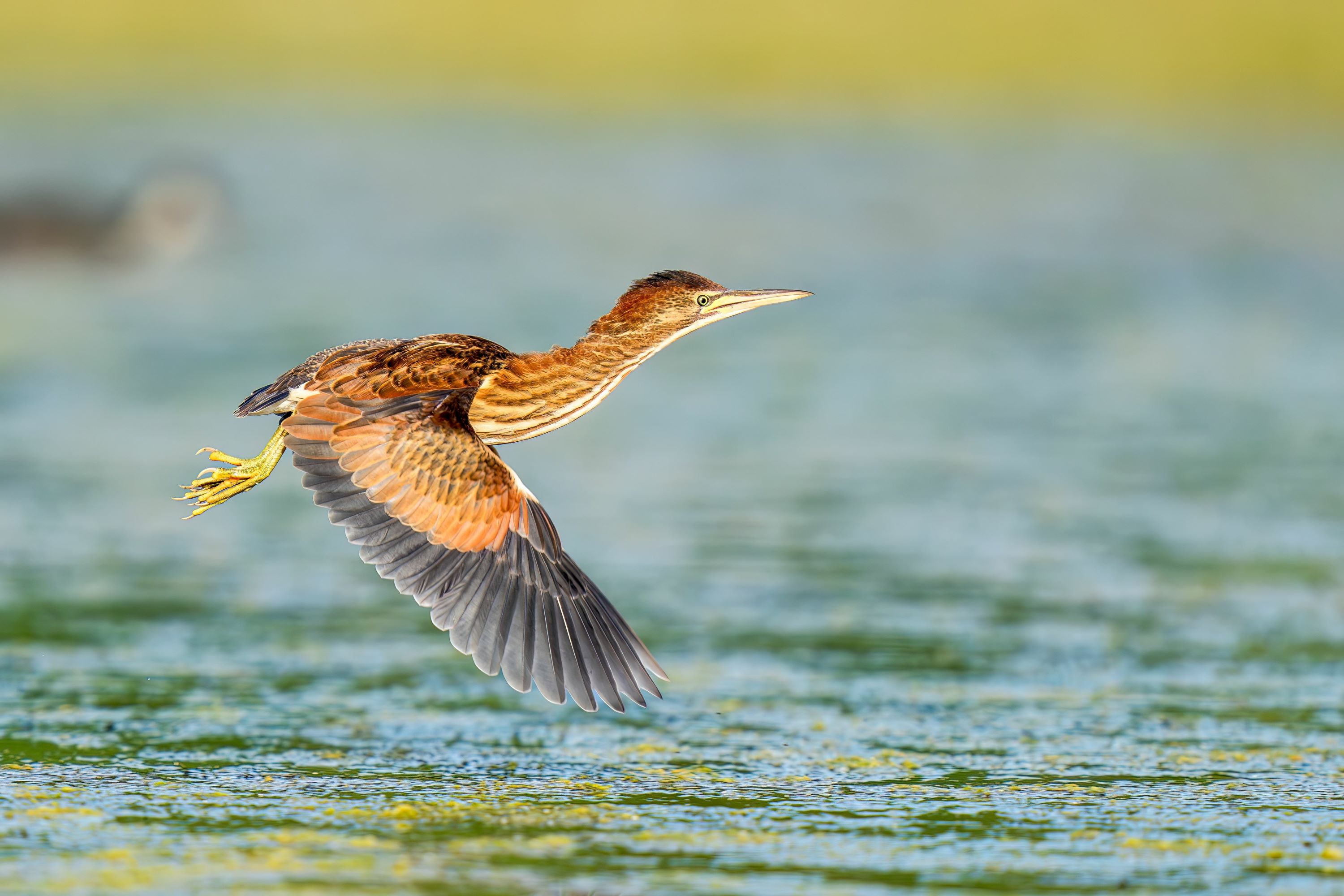
Behavior and Lifestyle
These bitterns are known for their secretive and solitary nature. They are most active during dusk and dawn, though some species exhibit more nocturnal habits. Their behavior is often described as skulking, as they move stealthily through reeds and underbrush, making them challenging to observe.
Feeding Habits
The diet of Ixobrychus bitterns mainly consists of small fish, amphibians, insects, and sometimes crustaceans and mollusks. They hunt by standing still or walking slowly, striking swiftly with their bills to catch prey. This hunting strategy is well-suited to the still waters and dense vegetation of their habitats.
Breeding and Nesting Habits
Ixobrychus bitterns typically breed in dense wetland vegetation. Nests are often built close to the water and are well-concealed. These nests are usually platform-like structures made from reeds and other aquatic plants.
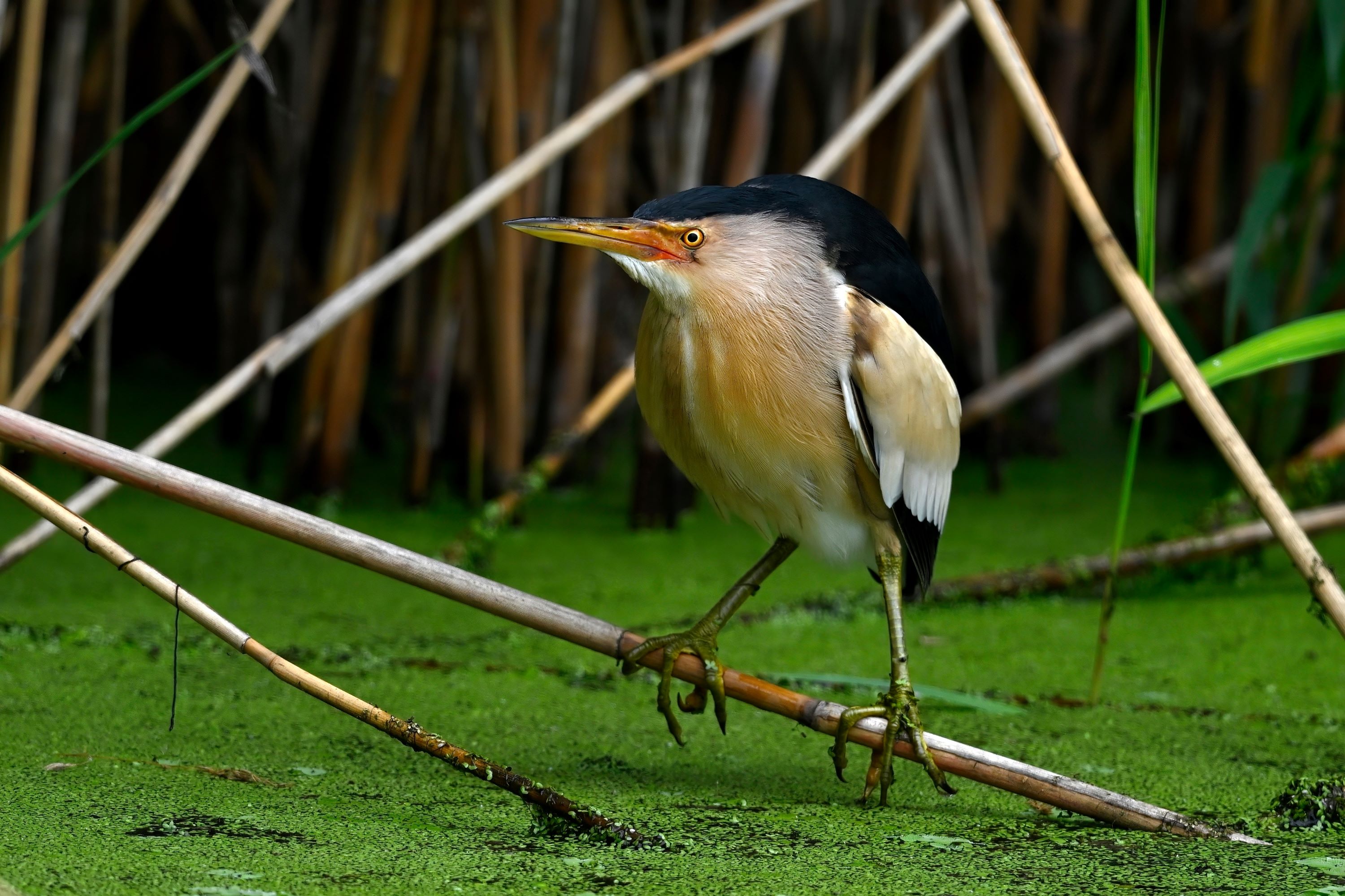
Egg Laying and Incubation
Females lay small clutches of eggs, usually 4 to 6 in number. The eggs are a pale buff or blue and blend well with the marshland environment. Incubation is primarily undertaken by the female and lasts about 17 to 20 days.
Chick Rearing and Parental Care
Chicks are born altricial and depend on their mother for food and protection. Both parents feed the chicks, which grow quickly and start to venture out of the nest within a few weeks, although they may stay close by for additional care.
Vocalizations and Communication
Ixobrychus bitterns have a range of vocalizations, from low-pitched booms to more complex calls and alarm sounds. These vocalizations play a key role in territory establishment and mating rituals during the breeding season.
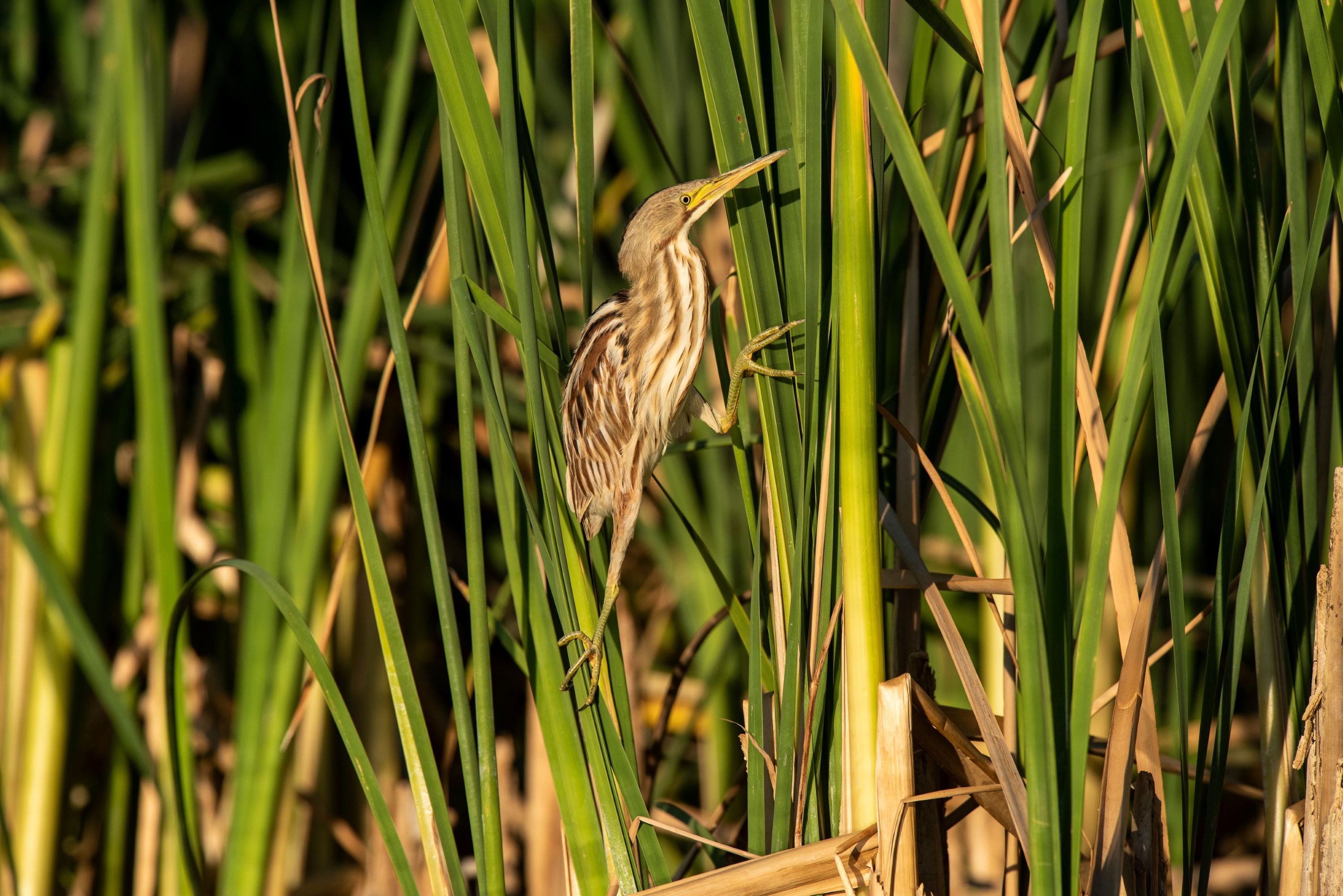
Conservation Status
The conservation status of Ixobrychus species varies. While some species are relatively common, others face threats from habitat loss, pollution, and disturbances. Conservation efforts focus on protecting wetland habitats and monitoring populations.
Ixobrychus Species in Utah
In Utah, the occasional presence of the Least Bittern (Ixobrychus exilis), a member of the Ixobrychus genus, adds a rare but exciting opportunity for bird enthusiasts. While not commonly sighted, this elusive bird has been observed in suitable wetland habitats within the state. These sightings typically occur in marshy areas with dense vegetation, such as the Bear River Migratory Bird Refuge or wetlands around the Great Salt Lake. The presence of the Least Bittern in Utah, albeit infrequent, highlights the state's diverse avian habitats, capable of supporting a variety of wetland species. Birdwatchers in Utah may also encounter other members of the Ardeidae family, such as the more common American Bittern, which shares similar marshland habitats with its smaller cousin.
Similar Species and Taxonomy
Ixobrychus bitterns belong to the order Pelecaniformes and the family Ardeidae, which includes herons, egrets, and other bitterns. They share similar wetland habitats and hunting behaviors with other Ardeidae members but are distinguished by their smaller size and specific plumage patterns.
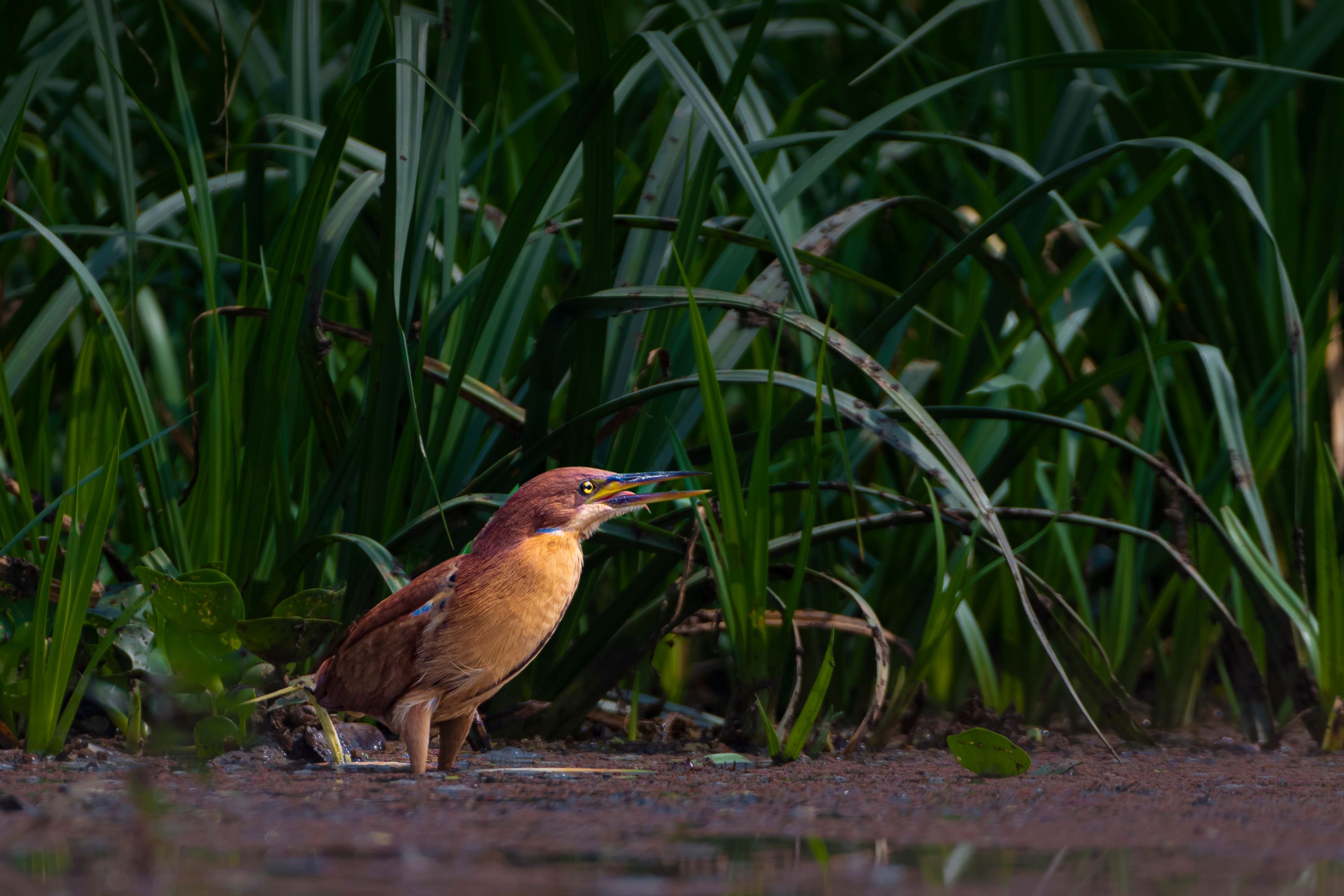
Conclusion
The Ixobrychus genus, with its diverse species of small bitterns, adds significant interest to the world of wetland birds. These elusive birds, with their distinctive behaviors and adaptations to marshland life, highlight the ecological importance of preserving wetland habitats. Observing these bitterns in their natural environment offers a window into the secretive world of marshland birds and underscores the importance of conservation efforts to protect these unique avian species and their habitats.
Species in the Genus Sula:
- The Black Bittern - Ixobrychus flavicollis
- The Black-backed Bittern - Ixobrychus dubius
- The Cinnamon Bittern - Ixobrychus cinnamomeus
- The Dwarf Bittern - Ixobrychus sturmii
- The Least Bittern - Ixobrychus exilis
- The Little Bittern - Ixobrychus minutus
- The Stripe-backed Bittern - Ixobrychus involucris
- The Von Schrenck's Bittern - Ixobrychus eurhythmus
- The Yellow Bittern - Ixobrychus sinensis